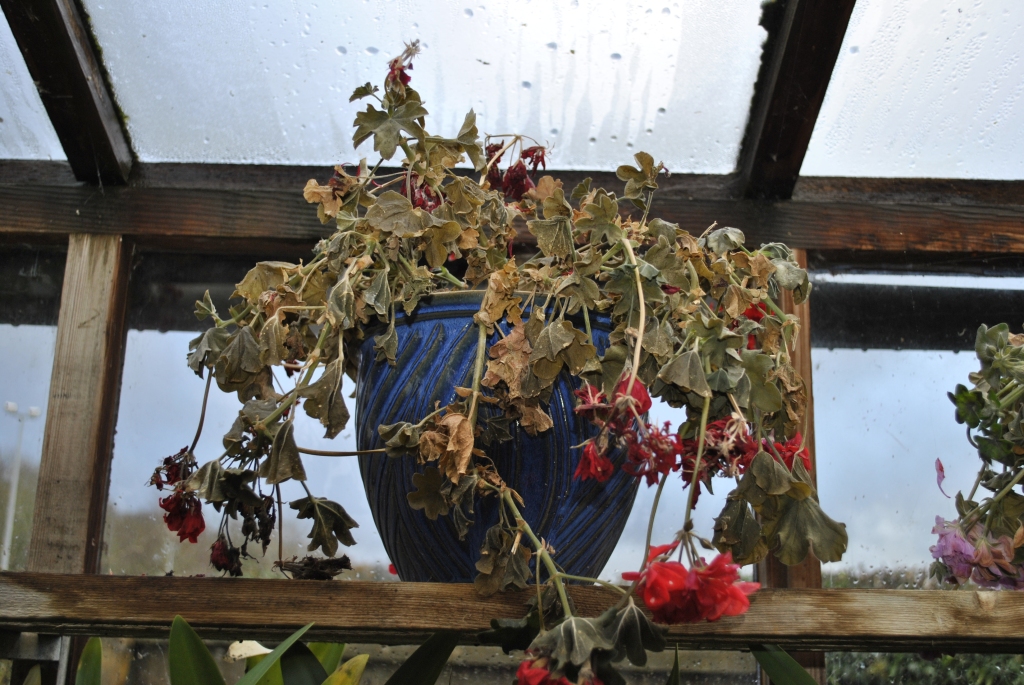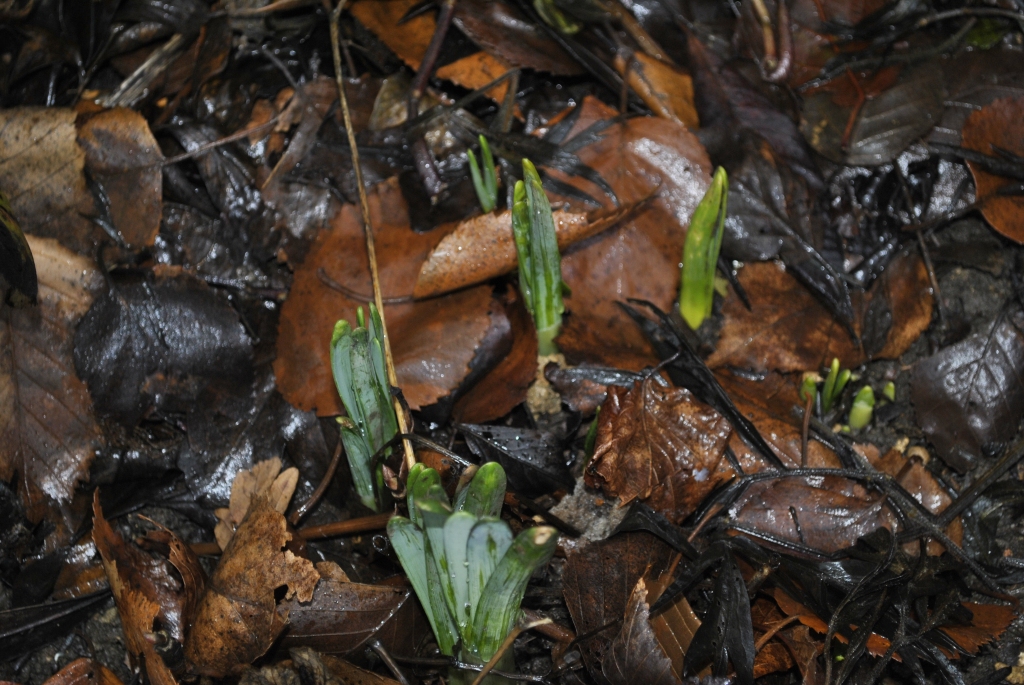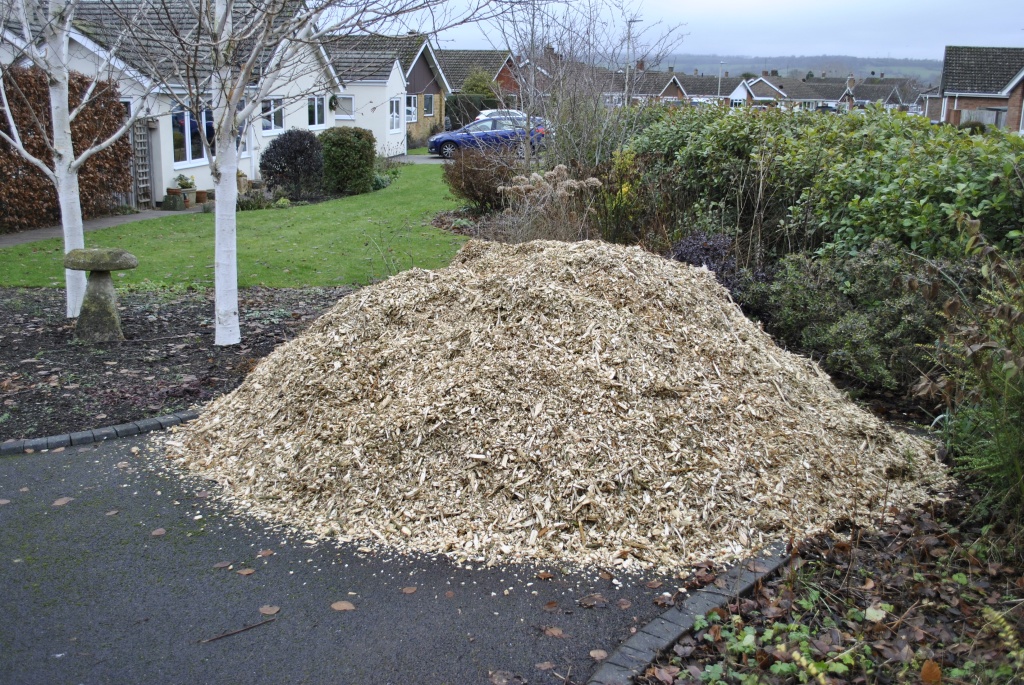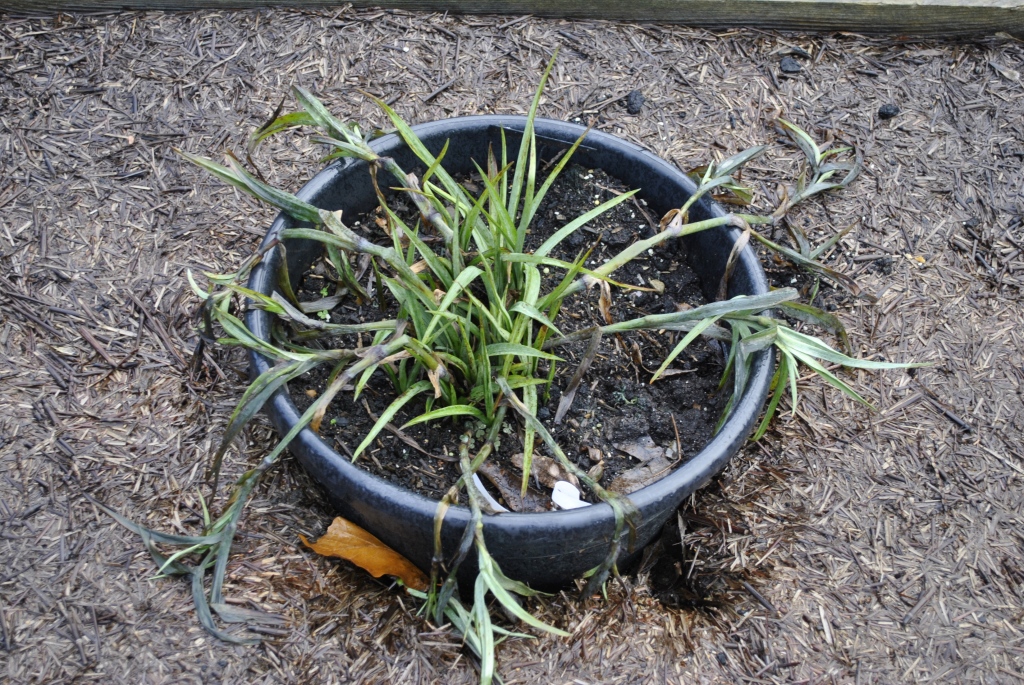
Another very cold and frosty morning in Cheltenham. Not a lot of activity at the moment other than rose pruning when the day warms up and assessing jobs to be done when February comes around. February is my weed/feed/mulch month and I am itching to get started.

These Chaenomeles japonica fruits are hanging on before they finally wither and drop off. In my garden, nothing seems to eat them. I have tried putting them out on the lawn for blackbirds, pigeons and other fruit eating birds but they are always ignored. Strange when you consider they are perfectly edible and apparently make good quince jelly.

Lots of fat buds on the Photinia fraserii ‘Red Robin’ bushes promising a good flush of red tips in April

The purple Honesty has almost shed all it’s mother of pearl seed discs, just leaving their ghostly outline. I am hoping for a good show next year if they decide to germinate. It is one of those plants that only seems happy if it decides where to grow itself. This one arrived by chance from the adjoining hedgerow where it revels in the poor soil and total lack of maintenance.

Even too cold for the snowdrops this morning and I don’t blame them. It was -5°C at 8am.. They will perk up once the sun warms them.

Such a beautiful clear blue sky silhouetting the birches. They had their annual trim this week to keep them looking good.

The prunings make good plant supports too!
Have a great weekend
David


























